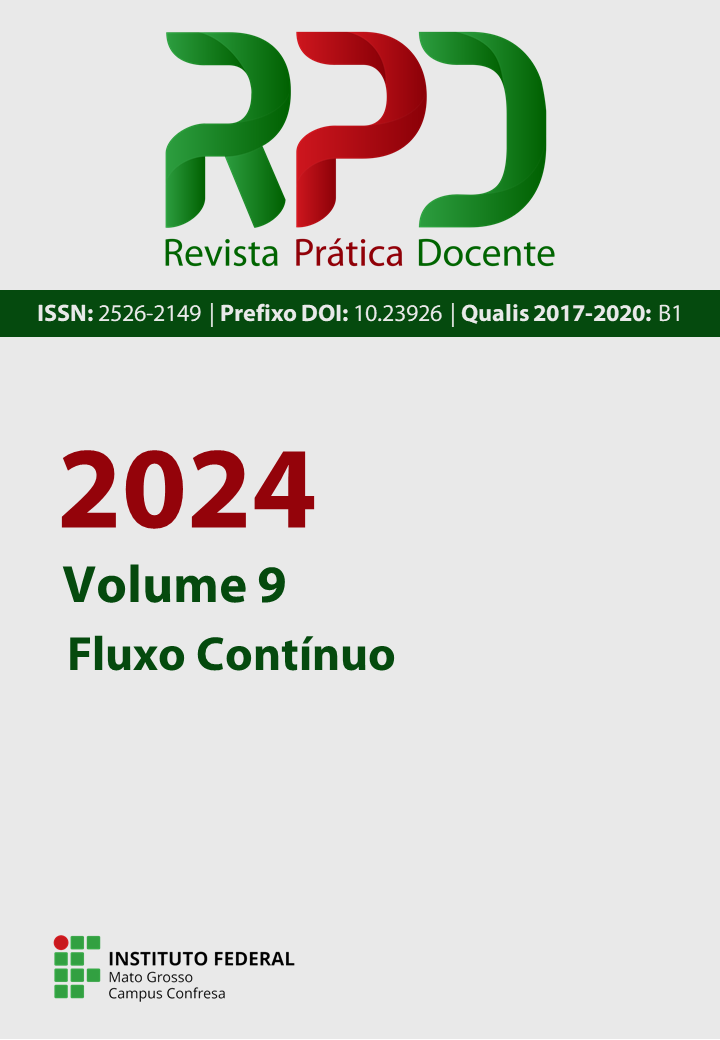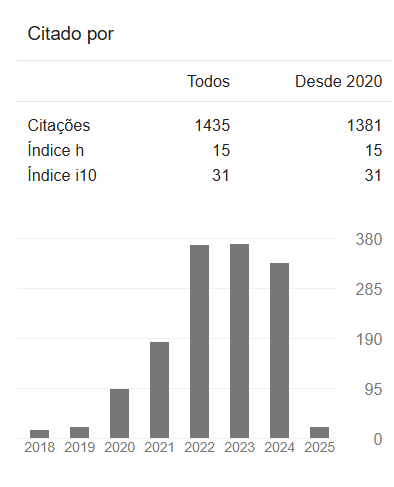Systematization of european Commercial Arithmetic in the 13th century
DOI:
10.23926/RPD.2024.v9.e24021.id929Keywords:
Europe in the 13th century, Leonardo Fibonacci, Liber Abaci, Commercial ArithmeticAbstract
Europe in the 13th century went through changes in its commercial activities, these changes led to the need for more optimized and efficient calculations. At this moment, a book called Liber Abaci written by Leonardo Fibonacci (1180 – 1250) came into play and met many of these needs. Thus, we aim to present the context found by Leonardo Fibonacci in the 13th century and present examples of systematizations brought by him to Commercial Arithmetic. in his Liber Abaci. In this way, we carried out a bibliographical research of sources related to the history of the Middle Ages, the history of medieval mathematics, medieval arithmetic and mercantile arithmetic. Additionally, we explored the contents present in chapters VIII, IX, X and XI of Liber Abaci. It was possible to identify that the context that Leonardo Fibonacci found at the beginning of the 13th century was favorable to his contributions and his proposed systematizations met the needs and demands of commerce.
Downloads
Metrics
References
BRITO, A. J. Matemática na idade média: entre o místico e o científico. Revista Brasileira de História da Matemática, Especial no 1, p. 127–141, 2007.
BOYER, C. B. História da Matemática. Tradução: Elza F. Gomide. São Paulo, SP: Edgard Blücher, 1974.
CASTILLO, R. M. Fibonacci: El Primer Matemático Medieval. 2ª ed. Coleção – La matemática em sus personajes. Espaha: Nivola, 2007.
DEVLIN, K. The Man of Numbers: Fibonacci’s arithmetic revolution. Volume 59, Number 5. Book Review. May, 2012
EVES, H. Introdução à História da Matemática. 5ª ed. – Tradução Hygino H. Domingues. Campinas, SP: Editora da Unicamp, 2011.
GARBI, G. G. O Romance das Equações Algébricas. 3ª ed ver. e ampl. São Paulo, SP: Ed. Livraria da Física, 2009.
GUIMARÃES FILHO, J. S.; BRANDEMBERG, J. C. Liber Abaci: contexto, competências, habilidades e potencialidades. Número Especial – V Seminário cearense de História da Matemática Boletim Cearense de Educação e História da Matemática – Volume 9, Número 26, 181 – 197, 2022.
HUBERMAN, Leo. História da riqueza do homem. Nova York, NY: Zahar Editores, 1981.
LEONARDO PISANO. Liber Abbaci. Secundo la lezione del codice magliabrchiano, C. I, 2616, Badia Fiorentina, nº 73, Roma: 1857.
OLIVEIRA, J. J. Sequências de Fibonacci: possibilidades de aplicações no ensino básico. UFBA. Salvador, BA, 2013.
POTRO, B, C. El desarrollo del comercio medieval y su repercusión en las técnicas mercantiles: Ejemplos castellanos. Pecvnia, n. 15 (julio-diciembre), 2012, p. 201- 220.
SCHRAMM, M. Frederick II of Hohenstaufen and Arabic Science. Science in Context 14(1/2), 2001, p. 289-312.
SIGLER, L. E. Fibonacci’s Liber Abaci: a translation into modern english of Leonardo Pisano’s book of calculation. New York: Ed. Springer, 2002.
VASCONCELOS, F. A. História Das Matemáticas na Antiguidade. Lisboa: Livrarias Aillaud e Bertrand, 1925.
Downloads
Published
How to Cite
Issue
Section
License
Copyright (c) 2024 A Revista Prática Docente tem o direito de primeira publicação

This work is licensed under a Creative Commons Attribution-NonCommercial 4.0 International License.
Authors who publish in this journal agree to the following terms:
- Authors retain the copyright and grant the journal the right of first publication, with the paper simultaneously licensed under the Licença Creative Commons Attribution allows the sharing of the work with acknowledgment of authorship and initial publication in this journal.
- Authors are authorized to take additional contracts separately, for non-exclusive distribution of the version of the work published in this journal (e.g. publish in institutional repository or as a book chapter), with acknowledgment of authorship and initial publication in this journal.











